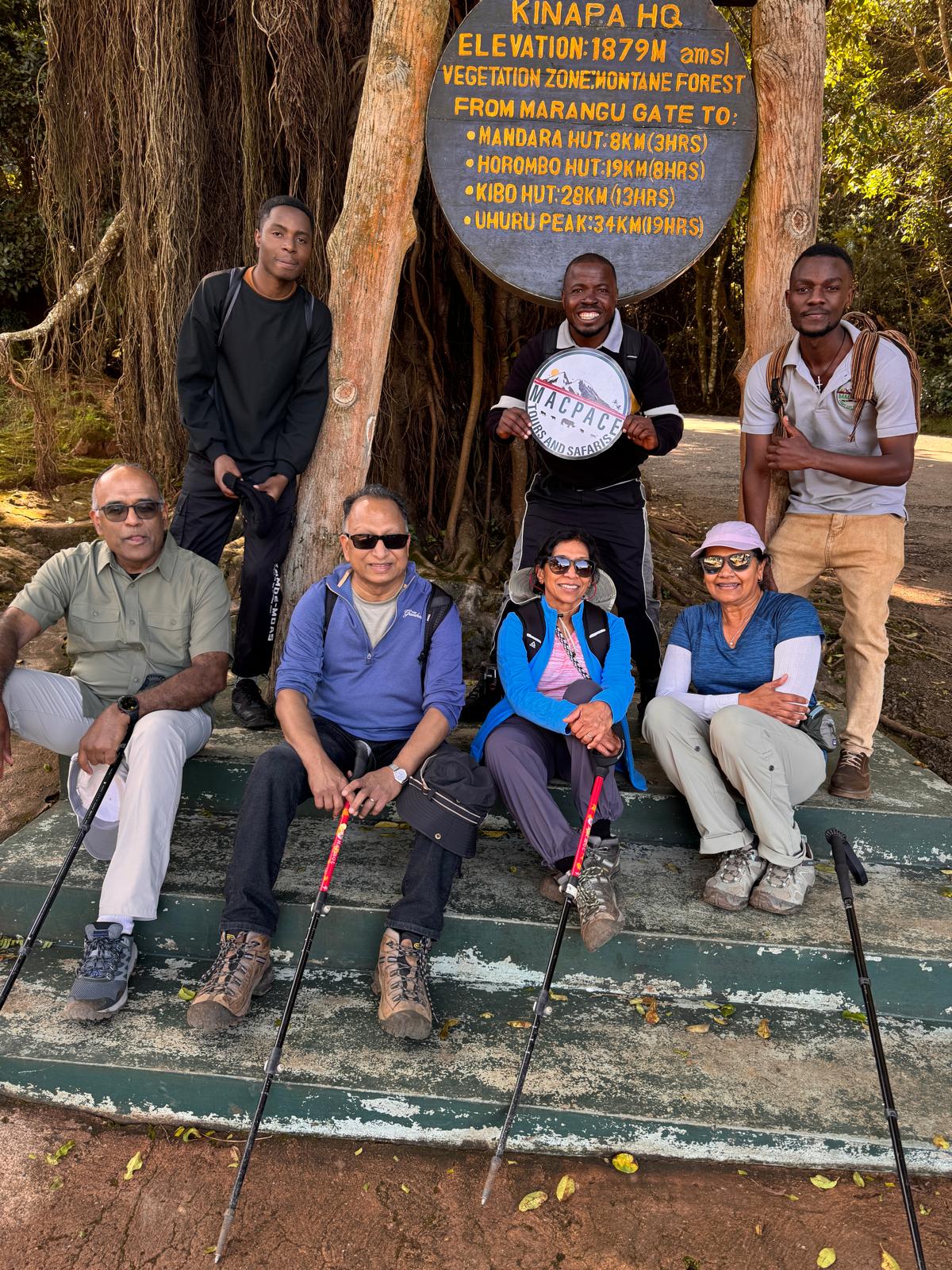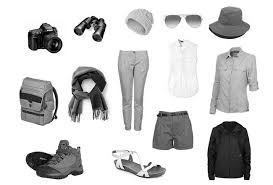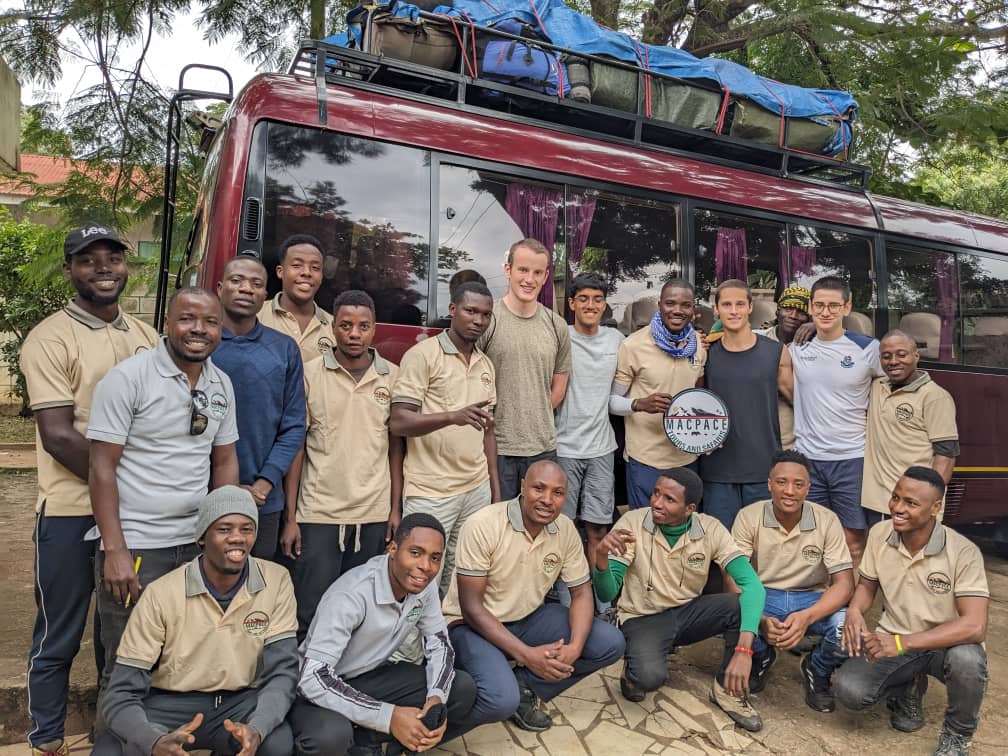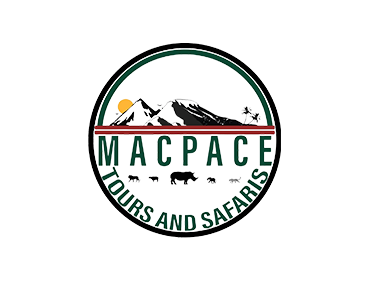Best Kilimanjaro Climbing Routes for 2025/2026: A Complete Guide to Choosing the Right Path to the Summit
Updated for the 2025/2026 climbing season by Macpace Tours & Safaris
Target & Variants: Best Kilimanjaro routes 2025, Kilimanjaro route comparison, Marangu vs Machame, Lemosho route 8 days, Rongai route dry season, how long to climb Kilimanjaro, Kilimanjaro success rate, acclimatization Kilimanjaro, budget to climb Kilimanjaro.
Why Your Route Choice Matters in 2025/2026
Choosing the right Kilimanjaro route directly affects your summit success, comfort, views, and budget. In 2025/2026, traveler preferences continue to favor routes with better acclimatization profiles (more days, gradual ascent) and quieter approaches that balance crowd levels with scenery. Weather remains the biggest variable, so building a route-plan that allows hike high, sleep low acclimatization and buffer days is your smartest bet.
Quick take: If you want the highest success rates and epic scenery, pick Lemosho (8 days). For a classic challenge on a shorter timeline, try Machame (7 days). If you prefer gentler gradients or are climbing in a shoulder/drier period from the north, Rongai (6–7 days) is ideal. If you want huts and a lower cost, Marangu (5–6 days) works best, but you can also add a day.
Kilimanjaro Route Comparison (At a Glance)
| Route | Typical Duration | Difficulty | Scenery | Crowds | Acclimatization | Best For |
|---|---|---|---|---|---|---|
| Lemosho | 7–9 days (best: 8) | Moderate | Outstanding: rainforest, Shira Plateau, Barranco | Moderate | Excellent (gradual, varied) | First-time trekkers wanting top scenery and success rate |
| Machame | 6–8 days (best: 7) | Moderate–Challenging | Iconic: Lava Tower, Barranco Wall | High (popular) | Very good | Confident hikers wanting a classic, social route |
| Rongai | 6–7 days (best: 7) | Moderate | Drier, northern slopes; wilderness feel | Low–Moderate | Good (steady gradients) | Climbs during wetter months, fewer people |
| Marangu | 5–6 days (best: 6) | Moderate | Rainforest & alpine; shared huts | Moderate | Fair (add an extra day) | Budget, hut accommodation, gentler trails |
Note: More days = better acclimatization = higher success rates. We generally recommend 7–9 day itineraries for first-time high-altitude trekkers.
Deep Dive: The Top Kilimanjaro Routes
1) Lemosho Route (7–9 days) – "The Scenic Success"
Why choose it: The Lemosho starts on the remote western flank, crossing the Shira Plateau before joining Machame near Lava Tower. It builds altitude gradually, with varied terrain and fewer crowds at the start.
Highlights
-
Panoramic views from the Shira Plateau and the iconic Barranco Wall
-
Strong acclimatization with hike high, sleep low days
-
High wildlife potential in lower forest zones
Ideal traveler: First-timers who want top scenery, balanced challenge, and high summit odds.
Suggested 8-day outline
-
Day 1: Lemosho Gate → Mti Mkubwa (Rainforest)
-
Day 2: Mti Mkubwa → Shira 1 (Heath/Moorland)
-
Day 3: Shira 1 → Shira 2 (Moorland)
-
Day 4: Shira 2 → Lava Tower (acclimatization) → Barranco (sleep lower)
-
Day 5: Barranco → Karanga (Short day, recovery)
-
Day 6: Karanga → Barafu (Base Camp)
-
Day 7: Summit (Uhuru Peak 5,895m) → Mweka Camp
-
Day 8: Mweka Camp → Mweka Gate (Exit)
2) Machame Route (6–8 days) – "The Classic"
Why choose it: The most popular camping trail thanks to its dramatic scenery and social atmosphere. Shares many highlights with Lemosho after Shira.
Highlights
-
Lava Tower acclimatization day
-
Barranco Wall scramble (non-technical, just steady)
-
Diverse landscapes day after day
Ideal traveler: Hikers with good fitness who enjoy a lively camp vibe and want a shorter timeline (7-day recommended).
Suggested 7-day outline
-
Day 1: Machame Gate → Machame Camp
-
Day 2: Machame → Shira Camp
-
Day 3: Shira → Lava Tower (acclimatize) → Barranco
-
Day 4: Barranco → Karanga
-
Day 5: Karanga → Barafu
-
Day 6: Summit → Mweka Camp
-
Day 7: Mweka Camp → Mweka Gate
3) Rongai Route (6–7 days) – "The Quiet North"
Why choose it: Approaches from the drier Kenyan side with gradual gradients and fewer trekkers. Great for shoulder-season climbs or if you value solitude.
Highlights
-
Wild, open views of the northern slopes
-
Steady ascent profile that suits thoughtful acclimatization
-
Often less rain compared to southern approaches
Ideal traveler: Trekkers seeking a calmer trail, those climbing when showers are more likely, or anyone preferring steadier daily gains.
Suggested 7-day outline
-
Day 1: Rongai Gate → Simba Camp
-
Day 2: Simba → Second Cave
-
Day 3: Second Cave → Kikelewa
-
Day 4: Kikelewa → Mawenzi Tarn (acclimatize)
-
Day 5: Mawenzi Tarn → Kibo Hut
-
Day 6: Summit → Horombo Hut
-
Day 7: Horombo → Marangu Gate
4) Marangu Route (5–6 days) – "The Hut Route"
Why choose it: The only route with hut accommodation throughout. It’s the most budget-friendly option and has gentler trails—but success rates improve noticeably when you extend to 6 days.
Highlights
-
Cabin-style huts (dormitory) at Mandara, Horombo, and Kibo
-
Simpler logistics (no tents), popular with budget-minded trekkers
-
Gentle gradients on well-defined paths
Ideal traveler: Climbers who prefer huts over tents and want a straightforward, classic experience.
Suggested 6-day outline
-
Day 1: Marangu Gate → Mandara Hut
-
Day 2: Mandara → Horombo Hut
-
Day 3: Horombo (acclimatization hike to Zebra Rocks) → Horombo
-
Day 4: Horombo → Kibo Hut
-
Day 5: Summit → Horombo Hut
-
Day 6: Horombo → Marangu Gate
How to Choose the Right Kilimanjaro Route (Decision Guide)
1) Time available
-
4–6 days total → Consider Marangu (6 days) or Machame (6 days) if you already acclimatize elsewhere. Better: extend to 7–8 days.
-
7–9 days total → Choose Lemosho (8 days), Machame (7), or Rongai (7) for higher success rates.
2) Fitness & hiking style
-
Stronger hikers who enjoy varied terrain → Machame or Lemosho.
-
Steady, gentler gradients → Rongai or Marangu (6 days).
3) Crowd preference
-
Quieter → Rongai or early Lemosho stages.
-
Social/Popular → Machame.
4) Accommodation style
-
Huts (no tents) → Marangu.
-
Camping → Lemosho/Machame/Rongai.
5) Season & weather
-
Jan–Mar & Jun–Oct (drier windows) → All routes viable; Lemosho/Machame shine for scenery.
-
Nov & Apr–May (more rain) → Rongai can be drier; build in extra buffer days.
6) Budget
-
Most economical → Marangu.
-
Best value for scenery & success → Lemosho (8 days).
What’s New/Important for the 2025/2026 Season
-
Acclimatization matters more than ever: Prioritize 7–9 day itineraries to boost success and reduce risk.
-
Sustainable operations: Expect continued emphasis on Leave No Trace, porter welfare standards, and regulated waste management. Choose operators (like Macpace) who exceed the baseline.
-
Demand patterns: Lemosho and Machame remain popular; early bookings secure prime dates in June–October and January–March. Consider Rongai if you prefer quieter trails in busier months.
-
Gear expectations: Reliable 4-season tents, -10°C to -20°C sleeping bags, and layered technical clothing are standard. See our Kilimanjaro packing list.
Durations & Summit Odds
-
8 Days (Lemosho): Excellent acclimatization → higher success odds for first-timers.
-
7 Days (Machame/Rongai): Strong results with one or two acclimatization hikes.
-
6 Days (Marangu): Fair success, only recommended if you can’t add a day. Add an acclimatization day at Horombo if possible.
Pro tip: Plan a gentle arrival in Moshi/Arusha with a rest day before the trek to hydrate, sort gear, and attend your safety briefing.
Essential Preparation for a Successful Climb
Health & altitude:
-
Follow climb high, sleep low days and slow, steady pacing (“pole pole”).
-
Hydrate (3–4 liters/day) and eat well; tell your guide about symptoms early.
-
Consider a physician consult about altitude medication if appropriate.
Training:
-
8–12 weeks of progressive hiking/cardio + stair/leg strength.
-
Practice with a daypack on uneven trails.
Gear checklist (core):
-
Waterproof boots (broken in), thermal base layers, insulating mid-layers, shell jacket/pants, warm hat/balaclava, gloves (liner + insulated), headlamp, trekking poles, hydration system, power bank. Full details: Kilimanjaro packing list.
When to go:
-
Best overall: Jan–Mar, Jun–Oct. Shoulder months: Nov, Apr–May choose Rongai or build extra days.
How Macpace Tours & Safaris Sets You Up for Success
-
Expert route matching: We listen to your goals, fitness, travel window, and budget to recommend the ideal route & duration.
-
Safety-first approach: Certified mountain guides, daily health checks (pulse oximeter), emergency oxygen, and evacuation protocols.
-
Ethical operations: KPAP-style porter welfare, fair wages, nutritious meals, and responsible waste management.
-
Quality gear: 4-season tents, warm sleeping bags, and private mess tents.
-
Flexible itineraries: Add acclimatization days, schedule buffer nights, or combine with a Tanzania safari add-on.
-
Transparent planning: Upfront inclusions, gear rental options, and contact our Kilimanjaro specialists for a personalized quote.
CTA: Ready to plan your 2025/2026 Kilimanjaro summit? Request a free route consultation or contact Macpace Tours & Safaris today.
Frequently Asked Questions (FAQ)
Which Kilimanjaro route has the highest success rate? Routes with more days and better acclimatization—typically Lemosho (8 days) and Machame (7 days)—see higher success rates for first-time trekkers.
What’s the easiest Kilimanjaro route? Marangu has gentler paths and hut lodging, and Rongai offers steady gradients; both feel “easier,” but adding an extra day is key.
Do I need prior high-altitude experience? No, but solid fitness, proper gear, and a 7–9 day plan dramatically improve outcomes.
When should I book for 2025/2026, and how far in advance should I plan my climb? If you’re targeting June–October or January–March, book several months in advance for your preferred route and dates.
Can I rent gear in Tanzania? Yes. We offer quality rentals (sleeping bags, poles, clothing layers) and a pre-trek gear check.
Get To Know About:
Summit Kilimanjaro with confidence in 2025/2026. Tell us your travel dates, fitness level, and goals, and we’ll recommend the best route, duration, and gear, plus seamless airport transfers and optional safari extensions. Contact Macpace Tours & Safaris to start planning today.





